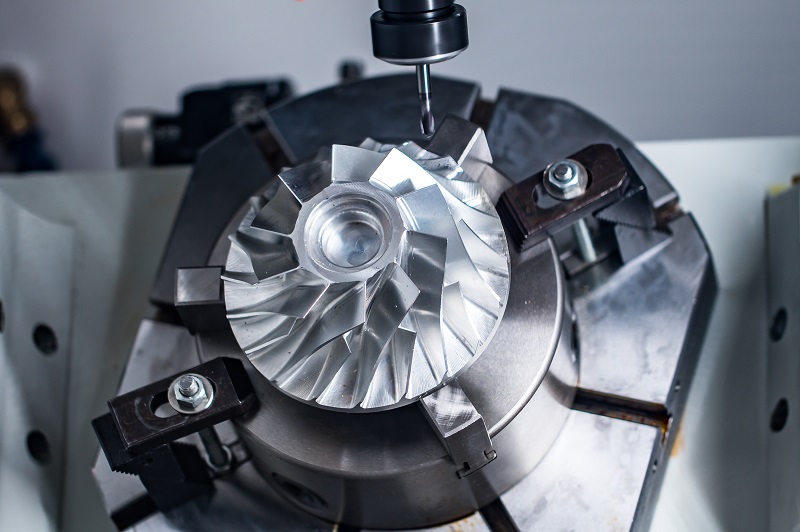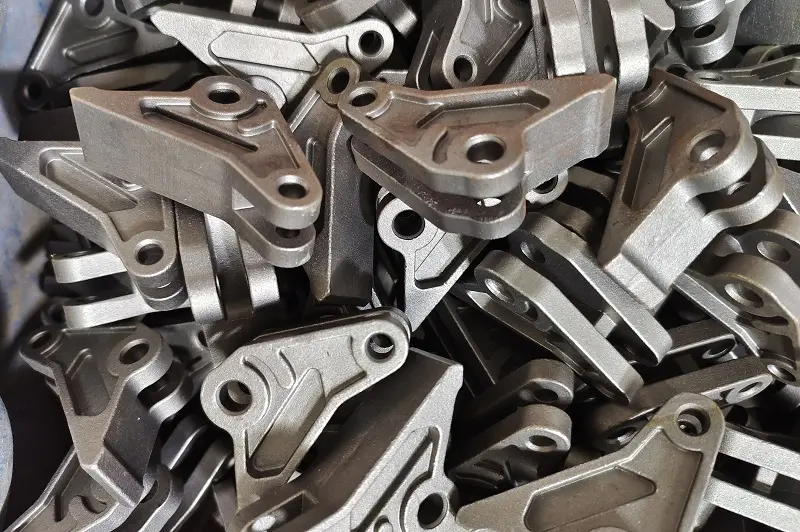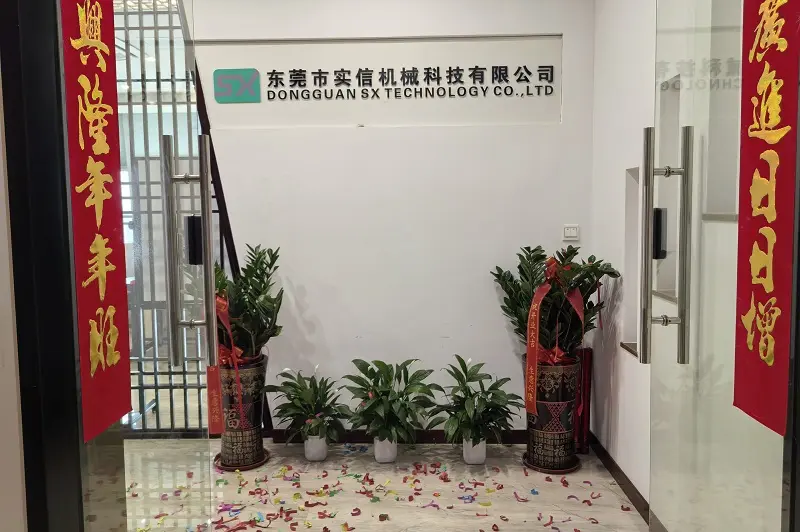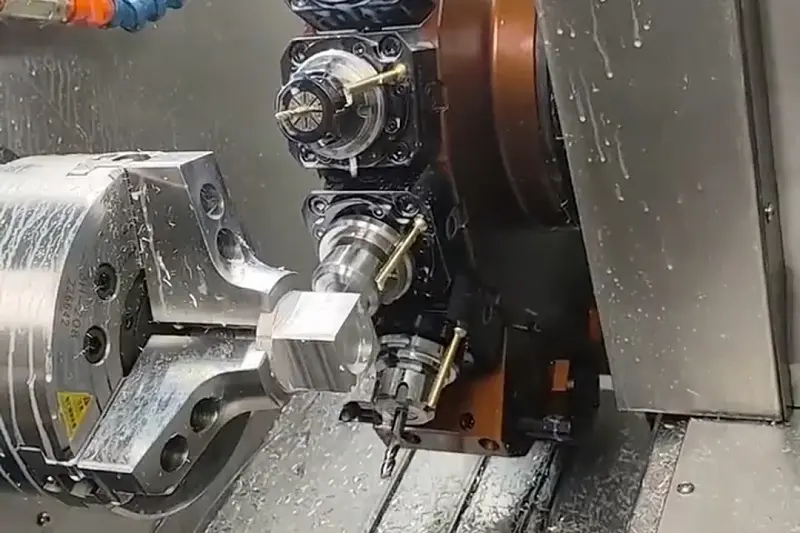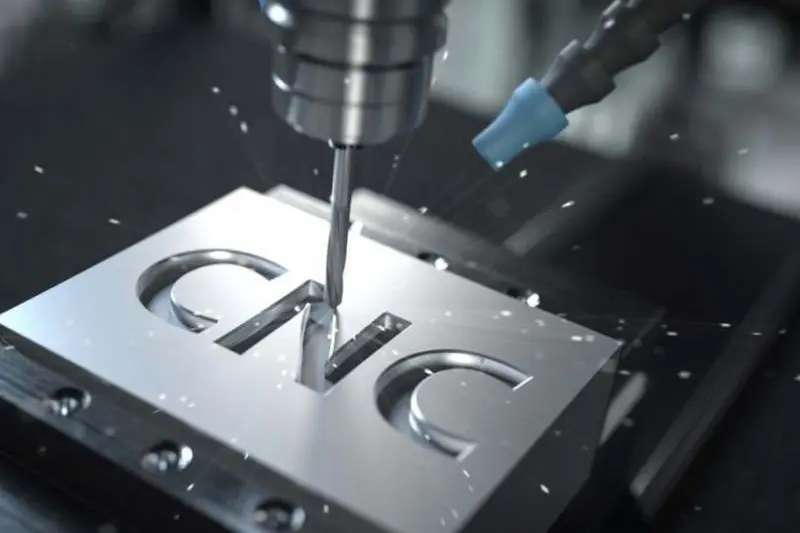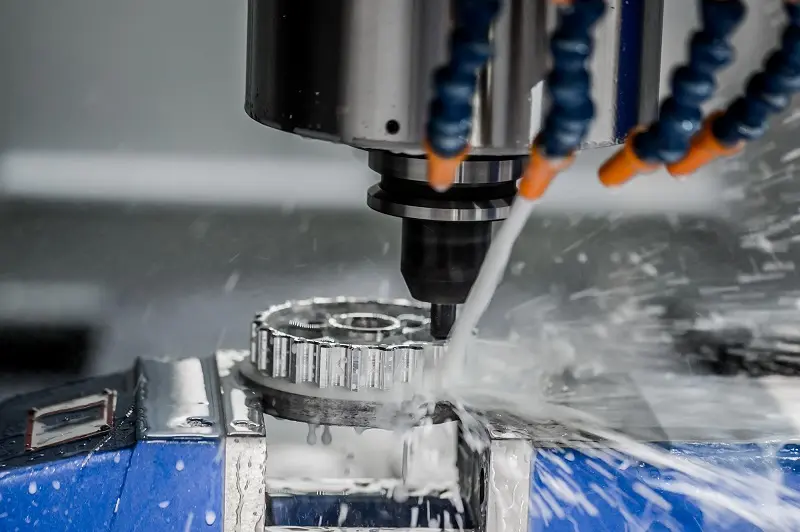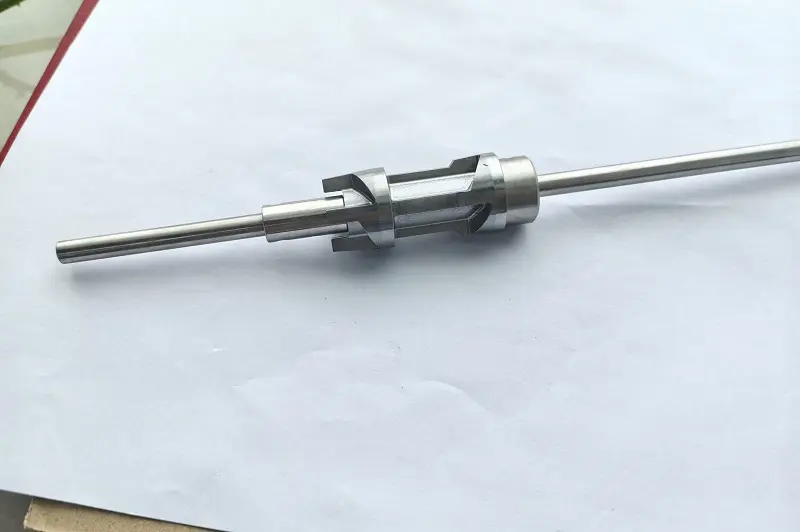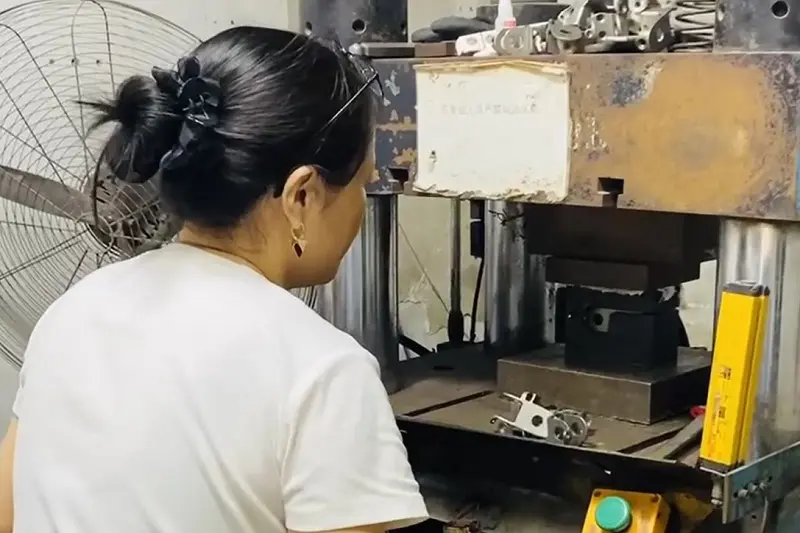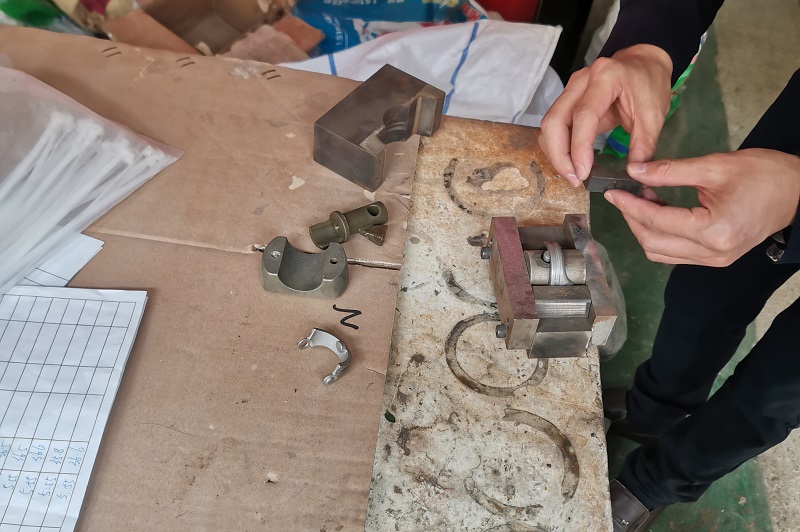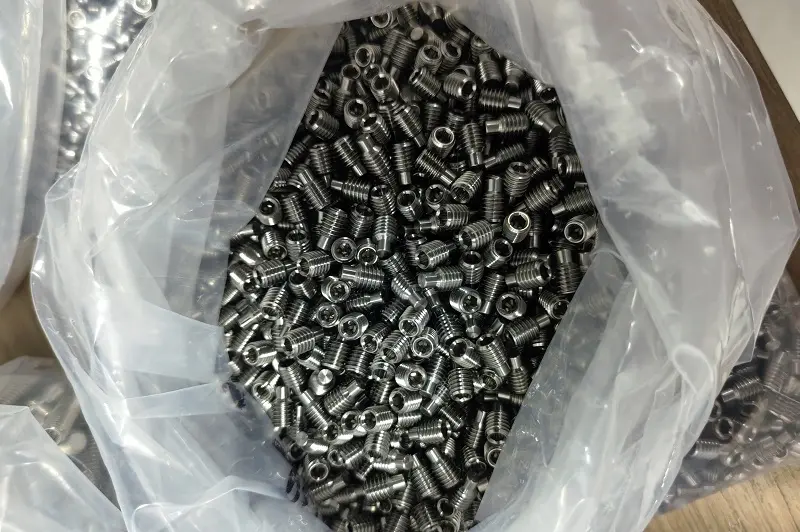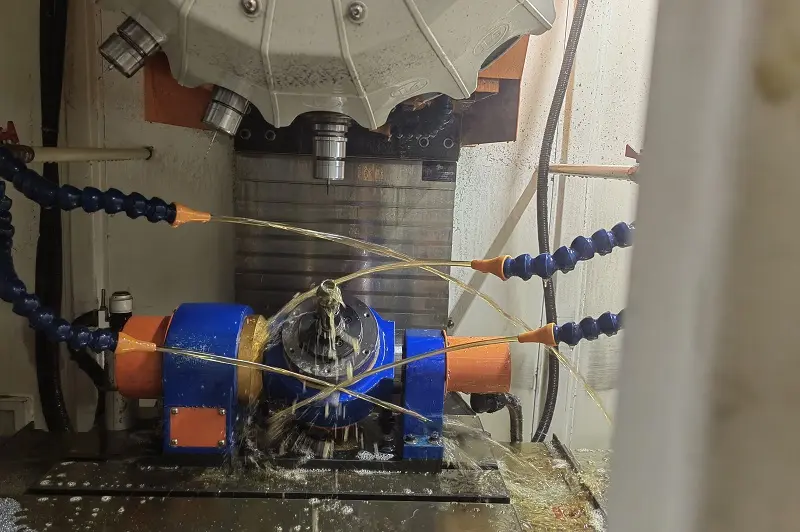 +86 180 0293 5268
+86 180 0293 5268
How to Improve the Efficiency and Quality of Titanium Machining Parts?
CNC titanium machining is widely used in the manufacturing of titanium alloy components due to their high strength, corrosion resistance, and lightweight properties, making them essential in various industries, including specialized applications. However, titanium alloys are notoriously difficult to machine compared to materials like carbon steel or stainless steel because of their low thermal conductivity, high chemical reactivity, and low elastic modulus. These characteristics often lead to challenges such as low machining efficiency, rapid tool wear, and poor surface quality. To effectively enhance both efficiency and quality in titanium alloy machining, a multi-faceted approach is required, which can be analyzed from the following three key aspects:
-
1. Use Specialized Cutting Tools to Enhance Wear Resistance
CNC machining involves a wide variety of cutting tools, where tool material and coating are critical factors in determining their suitability for machining specific materials. Due to the high strength and chemical reactivity of titanium alloys, tool selection becomes particularly demanding—standard carbide tools are prone to rapid wear, leading to compromised machining accuracy. To ensure both efficiency and precision, high-performance tooling is essential for titanium alloy machining. Coatings such as TiAlN or AlCrN can significantly reduce cutting heat-induced tool damage while enhancing wear resistance. For finishing operations, PCBN (polycrystalline cubic boron nitride) tools are an excellent choice, as they maintain sharp cutting edges even under high temperatures, minimizing burr formation on machined surfaces. Additionally, employing tools with a large rake angle and sharp cutting edges helps reduce cutting forces and prevents built-up edge (BUE) caused by material adhesion, further optimizing the machining process.2. Optimize Cutting Parameters to Mitigate Cutting Heat Effects
In addition to selecting appropriate cutting tools, optimizing machining parameters is equally critical for titanium alloy part machining. Due to titanium's poor thermal conductivity, heat tends to concentrate in the cutting zone during machining, accelerating tool wear and compromising dimensional accuracy. The following three key aspects must be considered when establishing machining parameters:
l Increasing Cutting Depth
On capable machine tools, strategically increasing the cutting depth can effectively minimize pass counts, thereby reducing work hardening caused by repeated cutting.
l Reducing Cutting Speed
appropriately reducing spindle speed effectively decreases heat generation in the cutting process, thereby extending tool life.
l Use moderate feed rates
Moderate feed rates help balance cutting forces and heat dissipation.
3. Optimizing Cooling Methods for Enhanced Heat Dissipation
Adopting more efficient cooling methods is highly beneficial for machining titanium fittings. By utilizing high-pressure systems to precisely deliver coolant to the cutting zone, heat can be rapidly dissipated while chips are effectively flushed away, minimizing thermal damage to both the tool and workpiece. Additionally, reducing the temperature in the cutting zone helps suppress chemical reactions between the titanium alloy and tool material, further enhancing cooling effectiveness. Another advanced approach involves combining compressed air with minimal lubrication, which not only reduces thermal impact but also addresses environmental concerns by minimizing fluid waste.
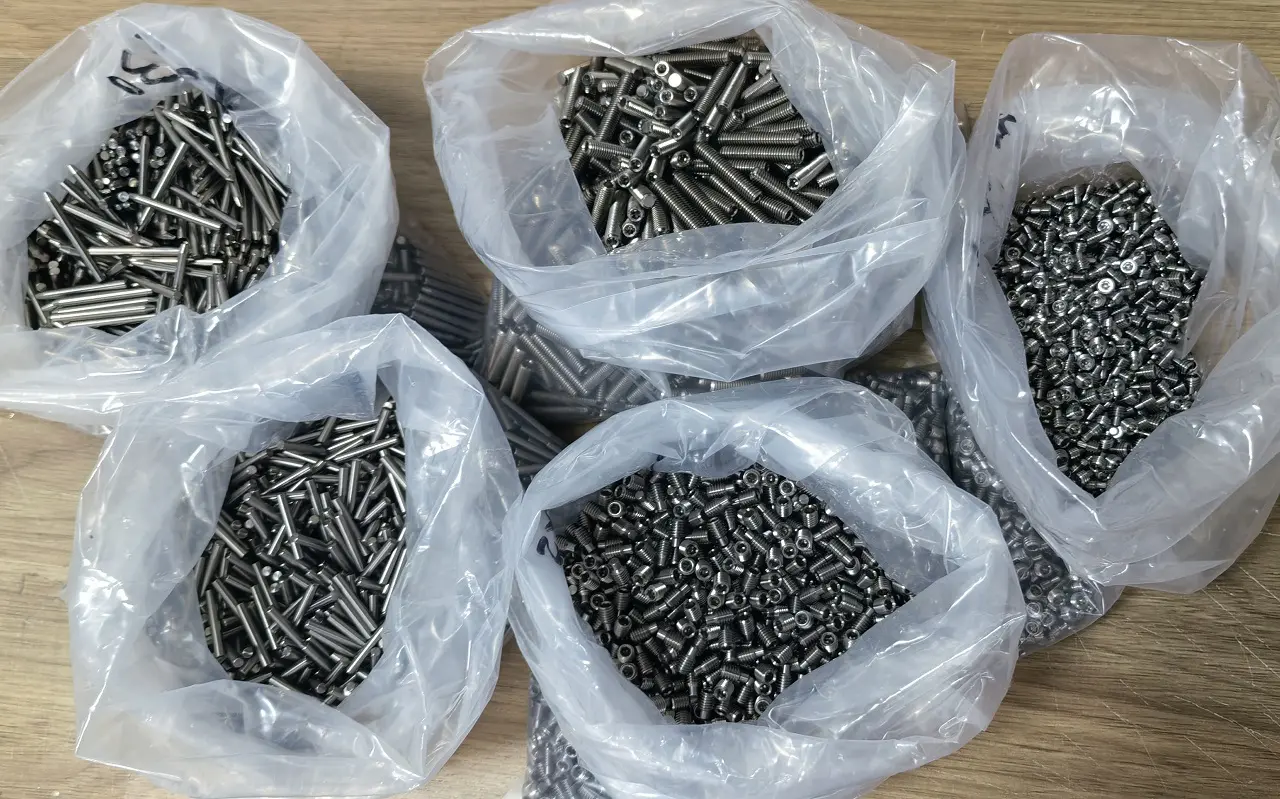
Machining titanium alloy components is inherently challenging, though strategies like employing specialized cutting tools, optimizing cutting parameters, and enhancing cooling methods can significantly improve both efficiency and quality. However, real-world applications demand flexible process adjustments tailored to specific operating conditions, while accounting for equipment capabilities and hardware parameters to achieve optimal results. As titanium machining technology continues to advance, the application potential of titanium parts (such as titanium alloy bolts, brackets, etc.) will further expand, unlocking broader development opportunities for high-end industries.










